
|
|
|
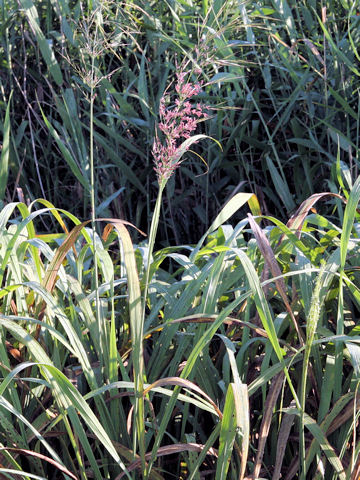 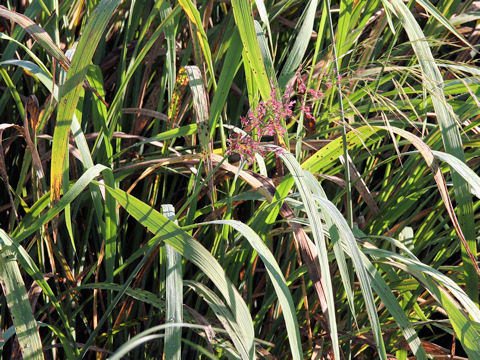 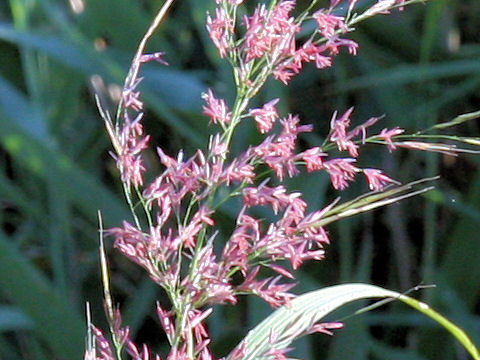 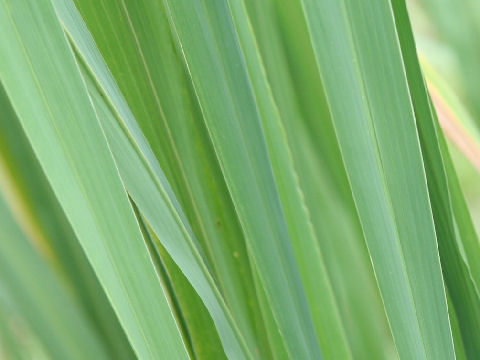 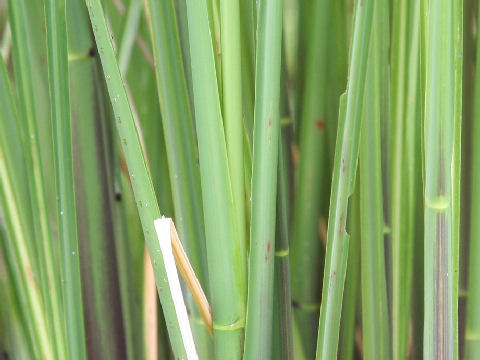 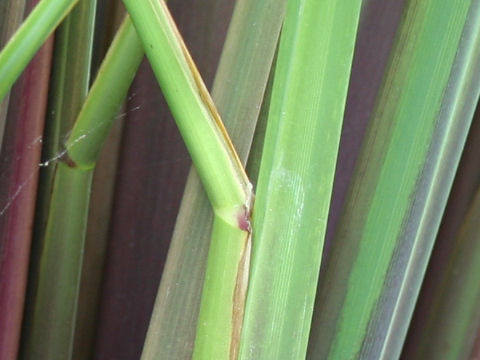 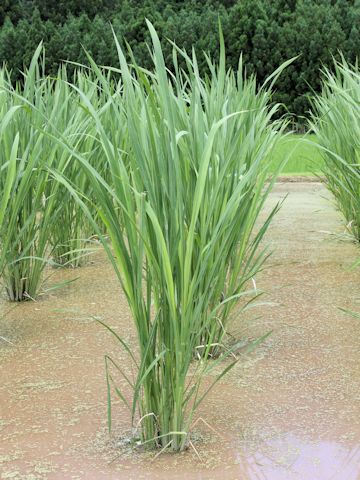 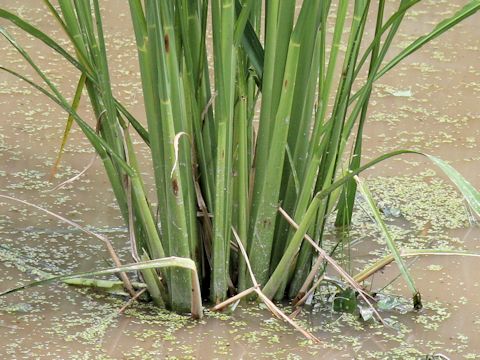 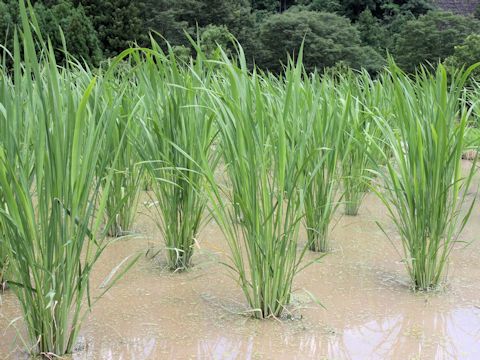 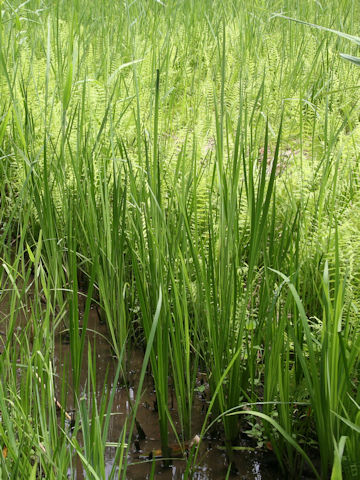 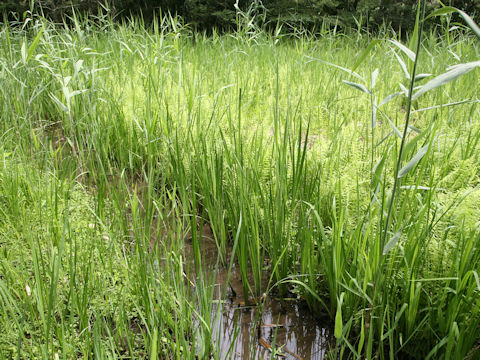 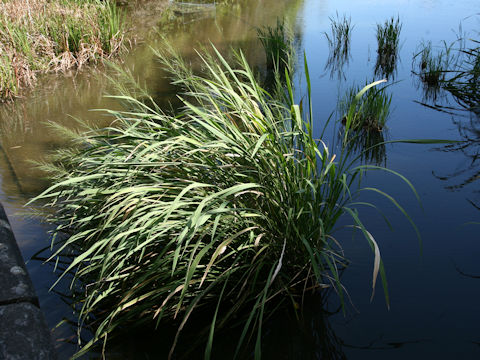 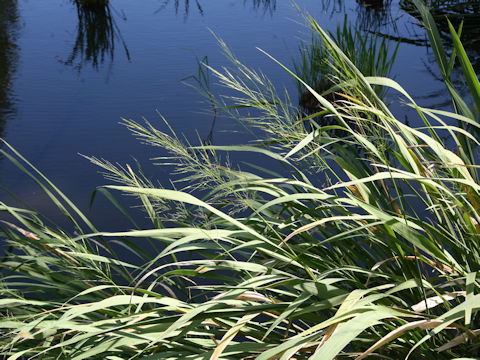 |
|
|
|
わが国の各地をはじめ、朝鮮半島や中国、インドシナ半島、シベリア東部に分布しています。また台湾に帰化しています。湖沼や河川の水中に群落をつくって生え、高さは1〜2メートルになります。茎は中空で、直径1.5〜2センチです。葉は広線形で、細かなざらつきがあります。8月から10月ごろ、茎頂に円錐花序をだします。上部の小穂は雌性、下部は雄性です。茎には黒穂菌(Ustilago esculenta)が寄生することがあり、寄生されて肥大化した新芽は真菰竹(まこもたけ)と呼ばれて食用にされ、またこの胞子は真菰墨(まこもずみ)として漆器の顔料にされます。台湾華語では「茭白筍」、中国語では「菰(gu)」と呼ばれます。 |
|
|
イネ科マコモ属の多年草で、学名は Zizania latifolia。英名は Manchurian wild rice。 |
|
|
The Manchurian wild rice (Zizania latifolia) belongs to Poaceae (the Grass family). It is a perennial herb that is native to Japan, as well as the Korean Peninsula, China, the Indo-China Peninsula, and eastern Siberia. This is also naturalized in Taiwan. This herb grows in lakes and rivers, forms clumps, and can reach 1-2 m in height. The stem is midair and 1.5-2 cm in across. The leaves are broad linear and fine euralia-like textured. The panicles bear on the stem apices from August to October. The upper spikelets are female and the underneath spikelets are male. The stems are swollen if the smut fungus (Ustilago esculenta) are parasitic on them. The swollen shoots are called the "Makomo-take" and used for food. The spores of smut fungus are named the "Makomo-zumi" and used as a pigment for japan. In Taiwanese Chinese, it is called "茭白筍" and in Chinese "菰" (gu). |
|
|
[上・中1〜2] 茨城県神栖市矢田部にて、2008年08月07日撮影。 [中3・中4] 大阪府交野市「大阪市大付属植物園」にて、2006年07月22日撮影。 [中5] 同上にて、2006年08月19日撮影。 [中6〜中8] 三重県松阪市飯高粟野にて、2012年07月09日撮影。 [中9・中10] 宮城県村田町「浮島の植物群落」にて、2024年08月21日撮影。 [中11・下] 茨城県つくば市「つくば実験植物園」にて、2024年10月13日撮影。 |

|
|
Shu Suehiro |